Imagine if you not only grew flowers in your garden but also hosted a thriving population of butterflies, moths, hummingbirds, and bees; that’s the dream of a pollinator garden. It’s a way to boost pollination, enjoy these beautiful creatures in your yard, and support the larger web of life around us that depends upon healthy insects!
Why Create a Pollinator-Friendly Garden?
Pollination is essential for all kinds of agriculture, any food garden, and the success of plants in the wild. As you probably know, insect populations are declining due to the loss of habitat and chemicals in the environment. But we can help reverse that trend by providing a piece of pollinator paradise in our yards. Even if you’re not growing any food, your garden will still benefit from increased insect diversity, the birds they attract, and the beauty they bring.
How Do You Create a Pollinator-Friendly Garden?
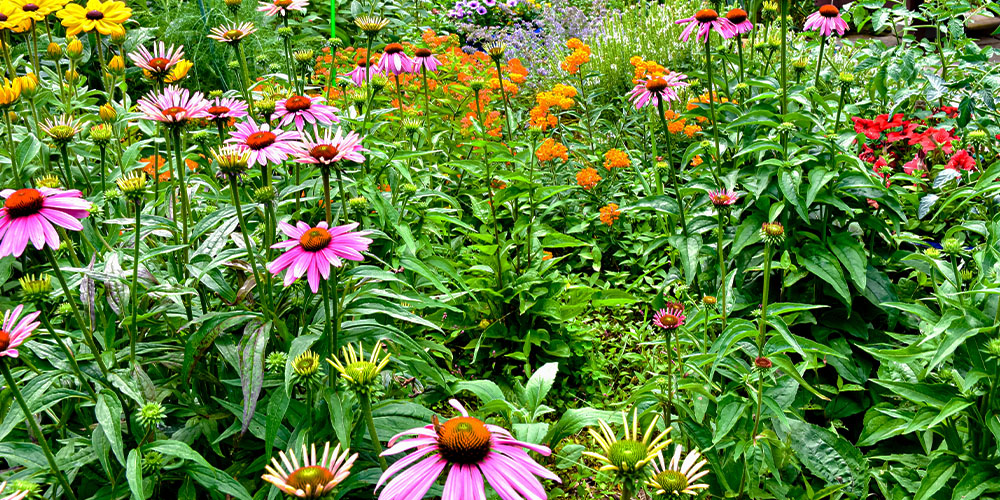
Always Have Flowers Blooming
This is something you’d want in your garden anyway, but it’s also essential for pollinators. They need food throughout the growing season, which means a constant supply of pollen and nectar from flowers. By growing perennials with varying bloom times, you’ll feed them and enjoy a more impressive garden for yourself too.
Lots of Native Plants
Wild pollinators in our region have co-evolved with the native plants. They recognize native plants more efficiently and, in some cases, are adapted to feed only on native plants. When you plant native species, you bring native pollinators to your garden and promote wild insect populations.
Examples of native perennials include Yarrow, Milkweed, Cardinal Flower, Asters, Coreopsis, Coneflower, and Blazing Star.
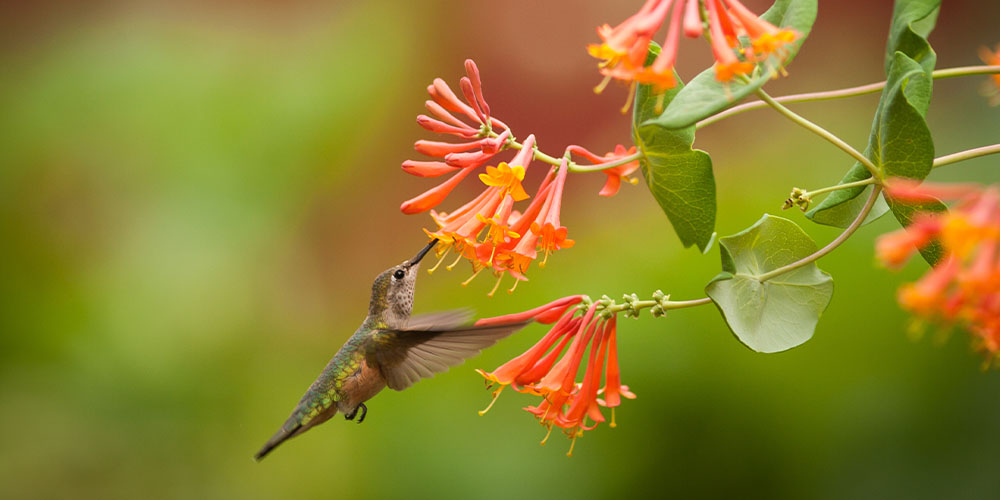
Attract Hummingbirds
Hummingbirds are a jewel to have in your garden. They’re especially attracted to trumpet-shaped flowers and red and pink blossoms. Plus, like any bird, they’ll enjoy a drink of water from a birdbath, so keep some water available in your yard for success in attracting them.
Examples of trumpet-shaped flowers include Bee Balm, Bottlebrush Bush, Butterfly Bush, Canna Lily, Cardinal Flower, Hollyhock, Honeysuckle, Rose of Sharon, and Trumpet Vine.
Grow Differently Structured Flowers
They may all look the same to us, but there’s significant diversity among wild bees, moths, and butterflies. Often, the shape of their mouths is adapted to feed on the shape of certain flowers. When you grow a diversity of flower structure types, you’ll attract a greater diversity of pollinators.
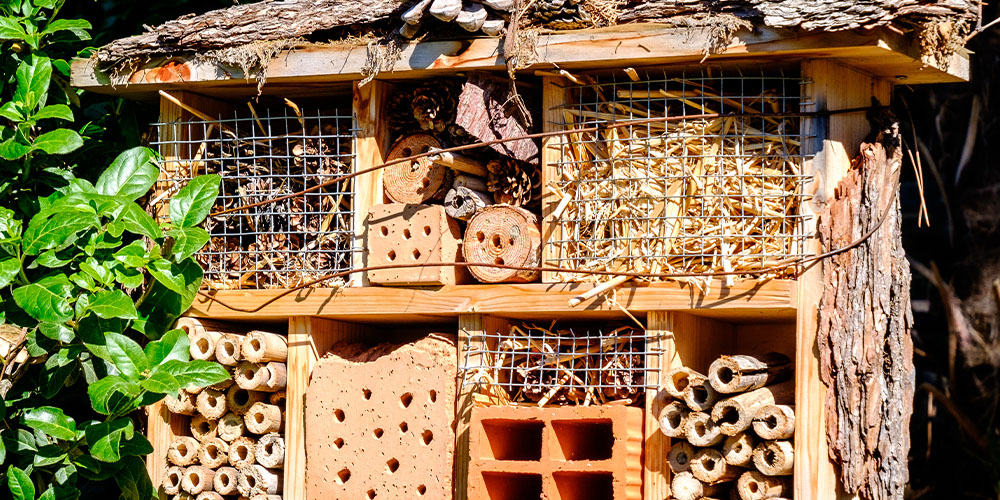
Build an Insect Hotel
Build an insect hotel with twigs, hollow grass stalks, bamboo, wooden tubes, or wood with holes. Insect hotels provide overwintering habitats for beneficial insects and places where they can lay their eggs.
Keep Part of Your Yard Messy
Not just pollinators, but lots of insects lay eggs and overwinter in what we consider “messy” areas, like a pile of leaves, sticks, or dieback on perennials. If you want to host pollinators throughout the year, it’s good to keep a messy corner in your yard and not prune away dead parts of plants too soon.
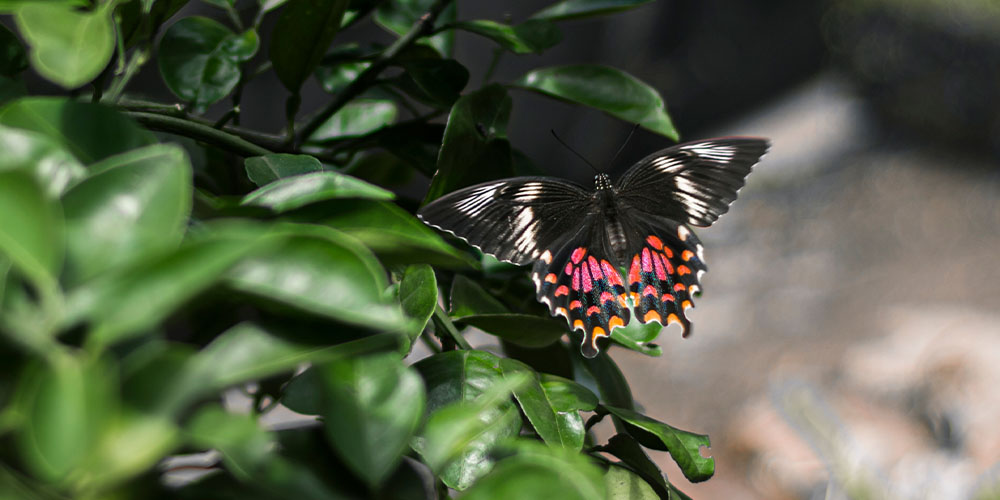
Host the Full Life Cycle of Butterflies
If you want butterflies in your yard, plan to host them throughout their whole lifecycle, from caterpillar to cocoon to butterfly. Provide nectar plants, host plants, mud puddles for drinking, and overwintering habitat in woodpiles, hollow trees, crevices in your shed, or messy parts of your yard. Look for cocoons on shrubs before you prune, and make sure to leave them be.
Ditch the Pesticides
Pesticides are for killing pests, but they also end up killing beneficial insects. The surest way to keep your pollinators alive is to stop spraying. Instead, go organic, use natural fertilizers, like compost and manure, and use natural methods for pest control, like companion planting or neem oil sprays.
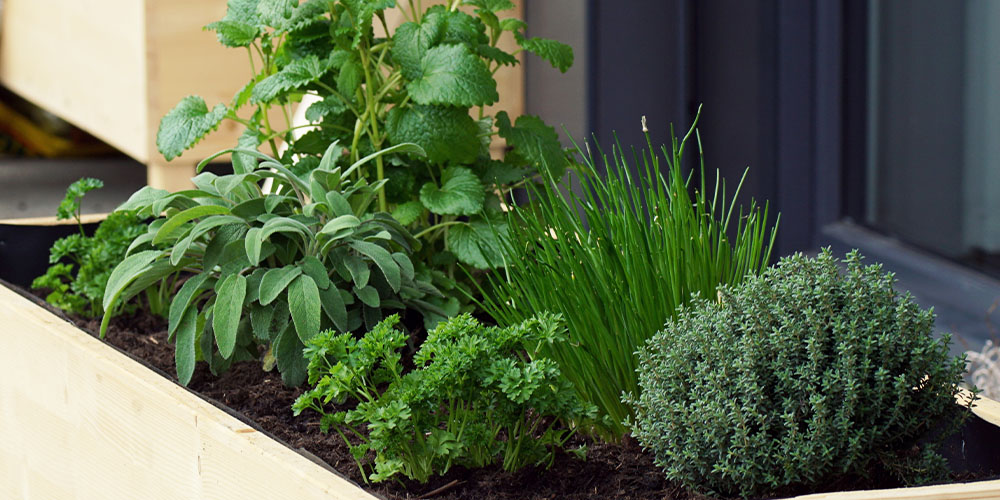
Grow Herbs
Pollinators have a keen sense of smell and are attracted to fragrant plants, especially herbs. Try growing oregano, rosemary, lavender, dill, fennel, thyme, and other herbs to bring more pollinators into your yard. Let the herbs flower, too, so the bees can feast on them after you do.
Turn Off the Lights at Night
Many pollinators will be visiting our flowers overnight, without us realizing it. Garden lights can throw off their day/night cycles and confuse them, leaving them tired and easier prey. Over time, the numbers can add up. It’s best to cut the lights to keep your pollinators safe from over-exhaustion.
If you follow these tips, you’ll be well on your way to hosting a party of different bees, butterflies, moths, pollinating flies, and even a few hummingbirds in your yard. The most important steps are to grow a diversity of native plants, have successive blooms, and keep pesticides out of your garden!
For more gardening tips and to see all that you can grow, don’t hesitate to visit Pine Hills Nursery in Pass Christian, Mississippi!
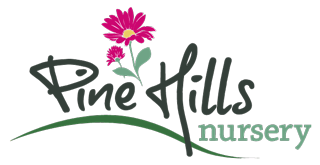
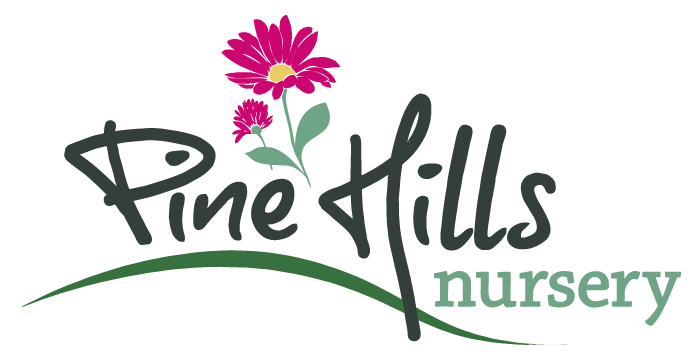
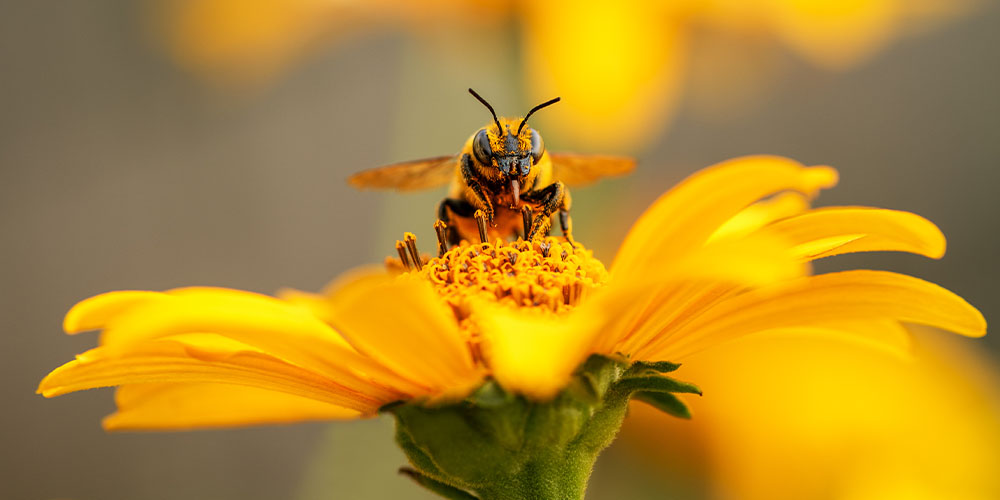
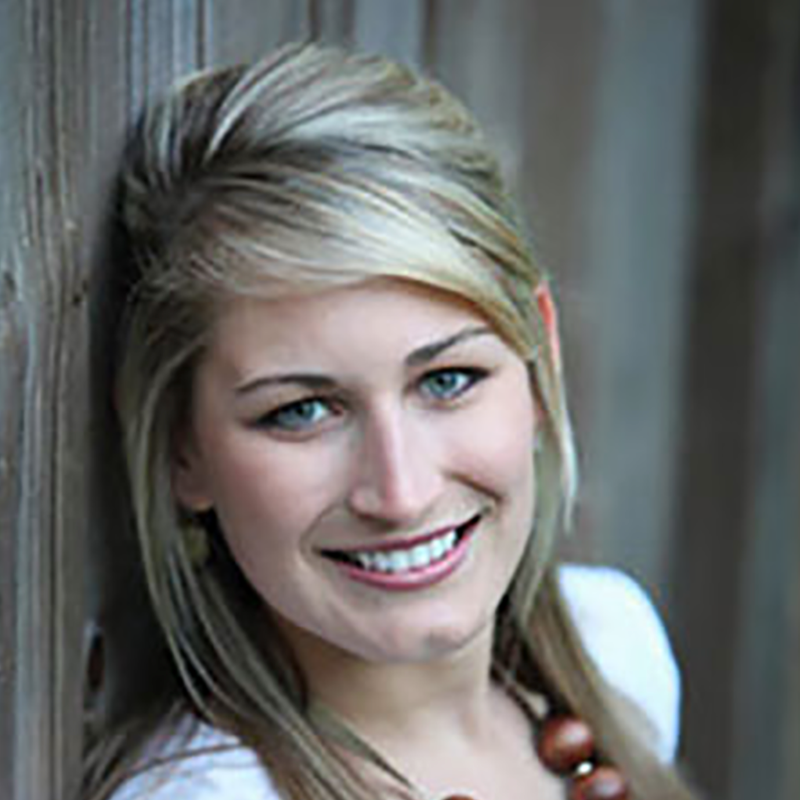
Your information is so informative.
I have “I like it, plant it garden”. But I do try to keep the pollinators in mind.
I’ll have to remember about the lights at night.